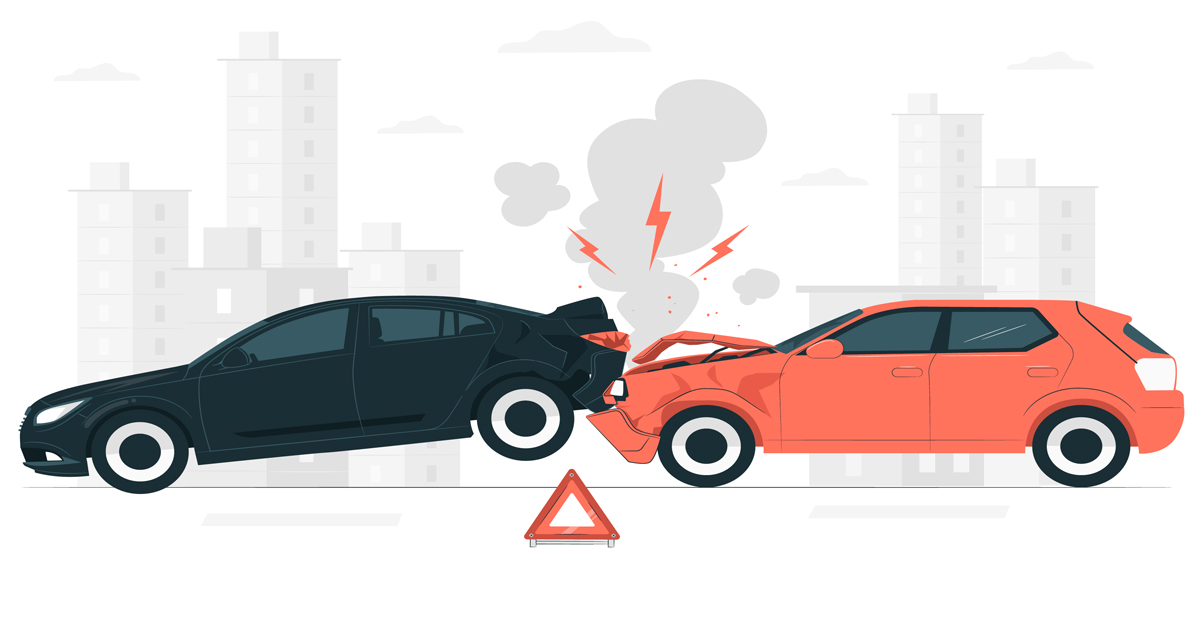Car insurance is essential for protecting yourself, your vehicle, and others on the road. Here’s a beginner-friendly guide to understanding the basics of car insurance:
1. What Is Car Insurance?
Definition: Car insurance is a contract between you and an insurance company where you pay a premium in exchange for financial protection against accidents, theft, or other damages.
Why it’s important: It helps cover repair costs, medical expenses, and legal fees in case of an accident.
2. Types of Car Insurance Coverage
Car insurance policies typically include several types of coverage. Here are the most common:
a. Liability Coverage
What it covers: Damages or injuries you cause to others in an accident.
Why it’s important: It’s required in most states and protects you from financial liability.
b. Collision Coverage
What it covers: Repairs or replacement of your car if it’s damaged in a collision.
Why it’s important: It covers your vehicle regardless of who’s at fault.
c. Comprehensive Coverage
What it covers: Non-collision-related damages (e.g., theft, vandalism, natural disasters).
Why it’s important: It protects against unexpected events.
d. Personal Injury Protection (PIP) or Medical Payments (MedPay)
What it covers: Medical expenses for you and your passengers after an accident.
Why it’s important: It helps cover medical bills, regardless of fault.
e. Uninsured/Underinsured Motorist Coverage
What it covers: Damages if you’re hit by a driver with no insurance or insufficient coverage.
Why it’s important: It protects you when the other driver can’t pay.
3. How Car Insurance Costs Are Determined
Several factors influence your car insurance premiums:
a. Driving Record
Why it matters: A clean record usually means lower premiums, while accidents or tickets can increase costs.
b. Age and Gender
Why it matters: Younger drivers and male drivers often pay more due to higher risk.
c. Location
Why it matters: Urban areas with higher traffic and crime rates may have higher premiums.
d. Vehicle Type
Why it matters: Expensive or high-performance cars cost more to insure.
e. Coverage Level
Why it matters: More coverage means higher premiums, but better protection.
f. Deductible
Why it matters: A higher deductible lowers your premium but increases out-of-pocket costs during a claim.
4. How to Choose the Right Car Insurance
Assess Your Needs: Consider your budget, driving habits, and the value of your car.
Compare Quotes: Get quotes from multiple insurers to find the best rate.
Check Reviews: Research the insurer’s reputation for customer service and claims handling.
Ask About Discounts: Many insurers offer discounts for safe driving, bundling policies, or having safety features in your car.
5. How to File a Car Insurance Claim
Step 1: Report the accident to your insurer as soon as possible.
Step 2: Provide all necessary details (e.g., photos, police report, witness statements).
Step 3: Work with the claims adjuster to assess damages.
Step 4: Get repairs done and follow up with your insurer for reimbursement.
6. Tips to Save on Car Insurance
Maintain a Clean Driving Record: Avoid accidents and traffic violations.
Increase Your Deductible: This can lower your premium (if you can afford the higher out-of-pocket cost).
Bundle Policies: Combine car insurance with home or renters insurance for discounts.
Ask About Discounts: Inquire about safe driver, student, or military discounts.
Drive Less: Low-mileage drivers may qualify for lower rates.
7. Common Car Insurance Terms to Know
Premium: The amount you pay for your insurance policy.
Deductible: The amount you pay out of pocket before insurance kicks in.
Policy Limit: The maximum amount your insurer will pay for a covered claim.
Claim: A request for payment after an accident or loss.
Underwriting: The process insurers use to evaluate risk and set premiums.
By understanding these basics, you can make informed decisions about your car insurance and ensure you’re adequately protected on the road. Always review your policy carefully and ask questions if anything is unclear!

